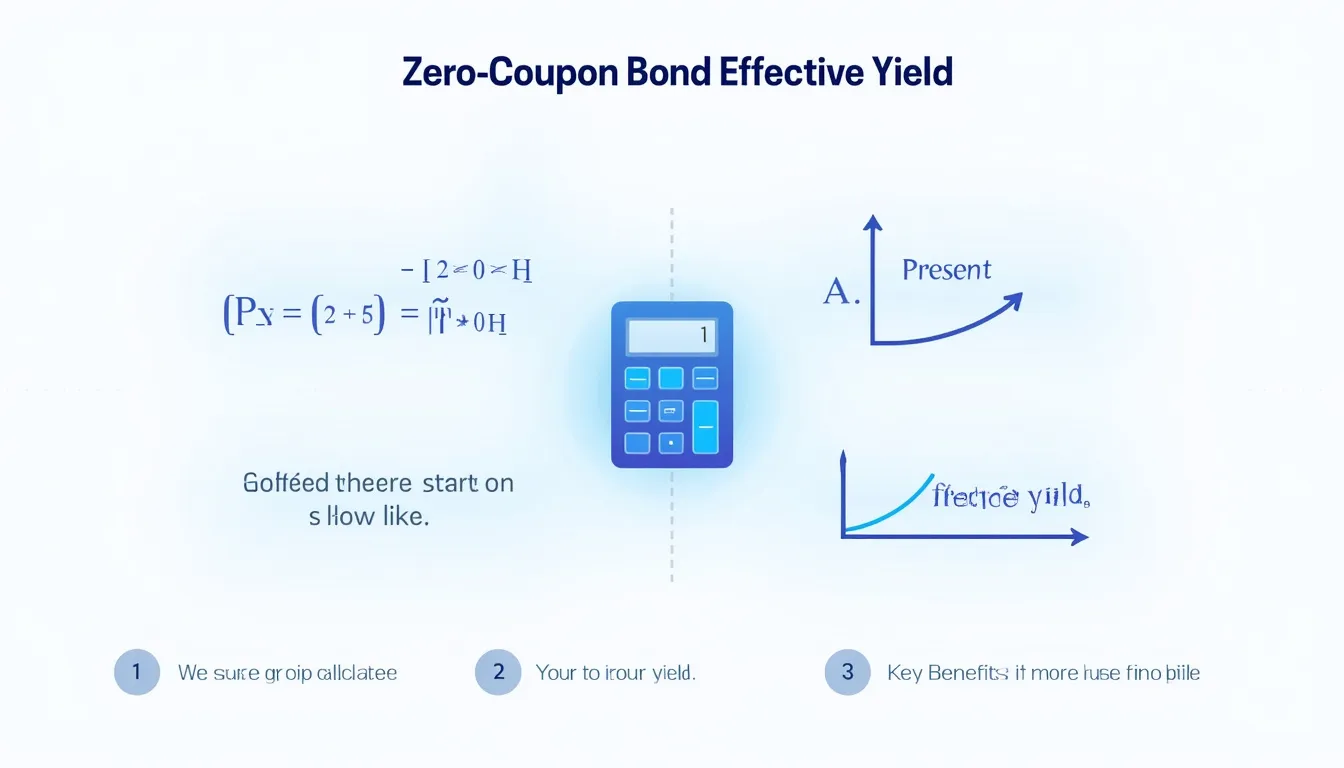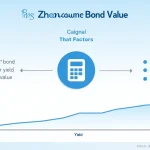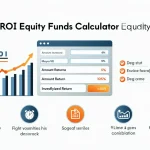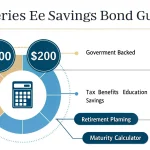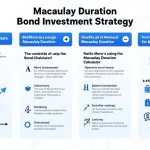Zero Coupon Bond Effective Yield Calculator
How to use the tool
- Face Value: Enter the amount due at maturity. Example inputs: $10,000 or $75,000.
- Present Value: Type what you pay today. Try $8,500 or $60,000.
- Number of Periods (Years): Insert time to maturity, e.g., 2 or 5.
- Press “Calculate Yield” and read the annualized effective yield expressed as a percentage.
Formula used
$$ \text{Effective Yield}= rac{\text{Face Value}}{\text{Present Value}}^{\;1/\,\text{Years}}-1 $$
Example 1 — Short-term discount bond
- Face Value: $10,000
- Present Value: $8,500
- Years: 2
Yield = $10,000 / $8,500 = 1.17647; √1.17647 = 1.0847; 1.0847 − 1 = 8.47 %.
Example 2 — Medium-term large issue
- Face Value: $75,000
- Present Value: $60,000
- Years: 5
Yield = 1.25^{1/5} − 1 = 4.56 %.
Quick-Facts
- Typical zero-coupon Treasury STRIPS maturities range 1-30 years (TreasuryDirect, https://treasurydirect.gov).
- OID income is taxable yearly even without cash payment (IRS Pub 1212, 2023).
- Average daily trading volume for STRIPS exceeds $14 billion (SIFMA, 2024 US Bond Market Report).
- Minimum face amount for new STRIPS is $100 (TreasuryDirect, https://treasurydirect.gov).
FAQ
What is a zero-coupon bond?
A zero-coupon bond sells at a discount and pays only face value at maturity, skipping periodic coupons (SEC Investor Bulletin, 2021).
How does the calculator find effective yield?
It computes the discount growth rate by applying the compound-interest formula shown above and expresses it as an annual percentage.
Why use effective yield instead of current yield?
Effective yield captures compounding over the bond’s life, giving a truer return measure than current yield, which is zero here (CFA Institute, 2020).
Are gains taxed each year?
Yes. Original Issue Discount accrues annually and appears as taxable interest income, even without cash received (IRS Pub 550, 2023).
How do STRIPS differ from corporate zeros?
STRIPS carry U.S. Treasury credit risk, essentially none, while corporate zeros depend on issuer credit quality (FINRA Bond Basics, 2022).
Can I lose money with a zero-coupon bond?
You can if you sell before maturity at a lower price or issuer defaults; rising rates cut market prices (Federal Reserve, 2023).
What happens if rates fall after purchase?
The bond’s price rises because the fixed discount becomes more attractive versus new lower-yield securities (Bloomberg Bond Guide, 2024).
What’s the highest practical maturity for zeros?
U.S. Treasury STRIPS extend to 30 years; longer maturities exist rarely in corporate markets (TreasuryDirect, https://treasurydirect.gov).
Is this tool helpful?
Important Disclaimer
The calculations, results, and content provided by our tools are not guaranteed to be accurate, complete, or reliable. Users are responsible for verifying and interpreting the results. Our content and tools may contain errors, biases, or inconsistencies. Do not enter personal data, sensitive information, or personally identifiable information in our web forms or tools. Such data entry violates our terms of service and may result in unauthorized disclosure to third parties. We reserve the right to save inputs and outputs from our tools for the purposes of error debugging, bias identification, and performance improvement. External companies providing AI models used in our tools may also save and process data in accordance with their own policies. By using our tools, you consent to this data collection and processing. We reserve the right to limit the usage of our tools based on current usability factors.
